|
Voiced by Amazon Polly |
Introduction
Artificial intelligence has evolved beyond performing isolated tasks to delivering holistic, multimodal intelligence. By combining computer vision and generative AI, developers can create systems that not only perceive but also understand and describe the world. Amazon Rekognition, AWS’s powerful image and video analysis service, can identify objects, scenes, and activities. Meanwhile, Amazon Bedrock provides access to foundation models capable of reasoning, summarizing, and generating content.
Together, these technologies enable descriptive analytics, where AI doesn’t just detect what’s happening in an image or video but also explains it contextually. This combination has immense potential across various domains, including retail analytics, security, healthcare imaging, and media content understanding. On AWS, these systems can be built with high scalability, security, and ease of integration using services such as AWS Lambda and Amazon S3 for orchestration and data handling.
Pioneers in Cloud Consulting & Migration Services
- Reduced infrastructural costs
- Accelerated application deployment
Key Integration Patterns
Sequential Processing Pattern
Data flows from computer vision to generative AI in a sequential manner. Amazon Rekognition first detects and labels objects or activities, and Amazon Bedrock then generates a human-readable description. AWS Step Functions manage this sequence, while AWS Lambda functions wrap model calls.
Parallel Analysis Pattern
Amazon Rekognition and Amazon Bedrock operate in parallel, for example, Amazon Bedrock generates captions and insights concurrently. AWS Step Functions or asynchronous AWS Lambda invocations coordinate and merge these outputs.
Event-Driven Pattern
Images or videos uploaded to Amazon S3 trigger an automated analysis pipeline. Amazon EventBridge or Amazon S3 triggers invoke AWS Lambda functions that call Amazon Rekognition for detection and Amazon Bedrock for caption generation, producing instant descriptive results.
Feedback Loop Pattern
Generated captions or insights from Amazon Bedrock are re-evaluated against confidence scores from Amazon Rekognition to improve accuracy. This creates an iterative refinement process that enhances the quality of descriptions and model alignment.
Benefits of Combining GenAI and Computer Vision
- Multimodal Understanding: Integrates perception (vision) and cognition (language) for richer analytics.
- Enhanced Automation: Automatically describe, tag, and summarize images and videos without human input.
- Improved Accessibility: Generates natural language explanations for visual content, making it useful for assistive technologies.
- Scalability: Uses serverless services like AWS Lambda and AWS Step Functions to process large data volumes cost-effectively.
- Contextual Intelligence: Produces not just visual detections but meaningful narratives and insights.
Use Cases of Vision-GenAI Integration
- Retail Analytics: Identify customer demographics, detect product engagement, and generate descriptive reports for store optimization.
- Security Monitoring: Detect suspicious activity using cameras and flag potential threats in real-time.
- Healthcare Imaging: Generate plain-language summaries of medical scans to assist clinicians in diagnosis and documentation.
- Media and Entertainment: Automate captioning, highlight generation, and contextual tagging for large video archives.
- Smart Cities: Enable automated scene understanding for traffic, infrastructure monitoring, and crowd analytics.
Getting Started with Amazon Rekognition and Amazon Bedrock Integration
Developers can combine Amazon Rekognition’s visual intelligence and Amazon Bedrock’s generative reasoning into an orchestrated pipeline using AWS Lambda and AWS Step Functions. Below is a simplified example that analyzes an image and automatically generates descriptive text.
Sample Integration Code:
|
1 2 3 4 5 6 7 8 9 10 11 12 13 14 15 16 17 18 19 20 |
import boto3 import json rekognition = boto3.client('rekognition') bedrock = boto3.client('bedrock-runtime') def lambda_handler(event, context): image_bytes = event['image_bytes'] rekog_response = rekognition.detect_labels(Image={'Bytes': image_bytes}, MaxLabels=5) labels = [label['Name'] for label in rekog_response['Labels']] prompt = f"Describe an image containing: {', '.join(labels)}." response = bedrock.invoke_model( modelId='anthropic.claude-3-sonnet', contentType='application/json', accept='application/json', body=json.dumps({"inputText": prompt}) ) output = json.loads(response['body'].read()) return {"labels": labels, "description": output.get('results', [{}])[0].get('outputText', '')} |
Technical Challenges and Optimizations
- Latency Optimization: Run Amazon Rekognition and Amazon Bedrock in parallel where possible, and use AWS Lambda Provisioned Concurrency for faster cold starts.
- Data Privacy: Use Amazon S3 with encryption and proper AWS IAM roles to ensure secure image handling and text generation.
- Model Selection: Choose appropriate Amazon Bedrock foundation models, e.g., Claude for reasoning or Titan for summarization.
- Cost Efficiency: Implement request batching and parallelism while monitoring with AWS Cost Explorer.
- Observability: Utilize Amazon CloudWatch and AWS X-Ray to trace model interactions and identify performance bottlenecks.
Conclusion
The fusion of computer vision and generative AI marks a new era of intelligent, multimodal analytics. Using AWS services like Amazon Rekognition and Amazon Bedrock, developers can create systems that not only detect but also interpret and describe visual information with human-like clarity.
As organizations evolve toward AI-driven decision-making, combining vision and language models will redefine how data is perceived, understood, and acted upon, making descriptive analytics a cornerstone of next-generation intelligence.
Drop a query if you have any questions regarding Amazon Rekognition or Amazon Bedrock and we will get back to you quickly.
Empowering organizations to become ‘data driven’ enterprises with our Cloud experts.
- Reduced infrastructure costs
- Timely data-driven decisions
About CloudThat
CloudThat is an award-winning company and the first in India to offer cloud training and consulting services worldwide. As a Microsoft Solutions Partner, AWS Advanced Tier Training Partner, and Google Cloud Platform Partner, CloudThat has empowered over 850,000 professionals through 600+ cloud certifications winning global recognition for its training excellence including 20 MCT Trainers in Microsoft’s Global Top 100 and an impressive 12 awards in the last 8 years. CloudThat specializes in Cloud Migration, Data Platforms, DevOps, IoT, and cutting-edge technologies like Gen AI & AI/ML. It has delivered over 500 consulting projects for 250+ organizations in 30+ countries as it continues to empower professionals and enterprises to thrive in the digital-first world.
FAQs
1. What is descriptive analytics in AI?
ANS: – It refers to using AI models to interpret and explain data, in this case, combining computer vision outputs with natural language generation to describe what’s seen.
2. Do I need Amazon Bedrock Agents for this integration?
ANS: – No, you can directly use the Amazon Bedrock Runtime API from AWS Lambda functions to call foundation models without needing Amazon Bedrock Agents.
3. Can I process videos instead of images?
ANS: – Yes. Amazon Rekognition Video supports both real-time and batch video analysis, allowing you to feed detected activities or frames into Amazon Bedrock for contextual narration.

WRITTEN BY Ahmad Wani
Ahmad works as a Research Associate in the Data and AIoT Department at CloudThat. He specializes in Generative AI, Machine Learning, and Deep Learning, with hands-on experience in building intelligent solutions that leverage advanced AI technologies. Alongside his AI expertise, Ahmad also has a solid understanding of front-end development, working with technologies such as React.js, HTML, and CSS to create seamless and interactive user experiences. In his free time, Ahmad enjoys exploring emerging technologies, playing football, and continuously learning to expand his expertise.


 Login
Login
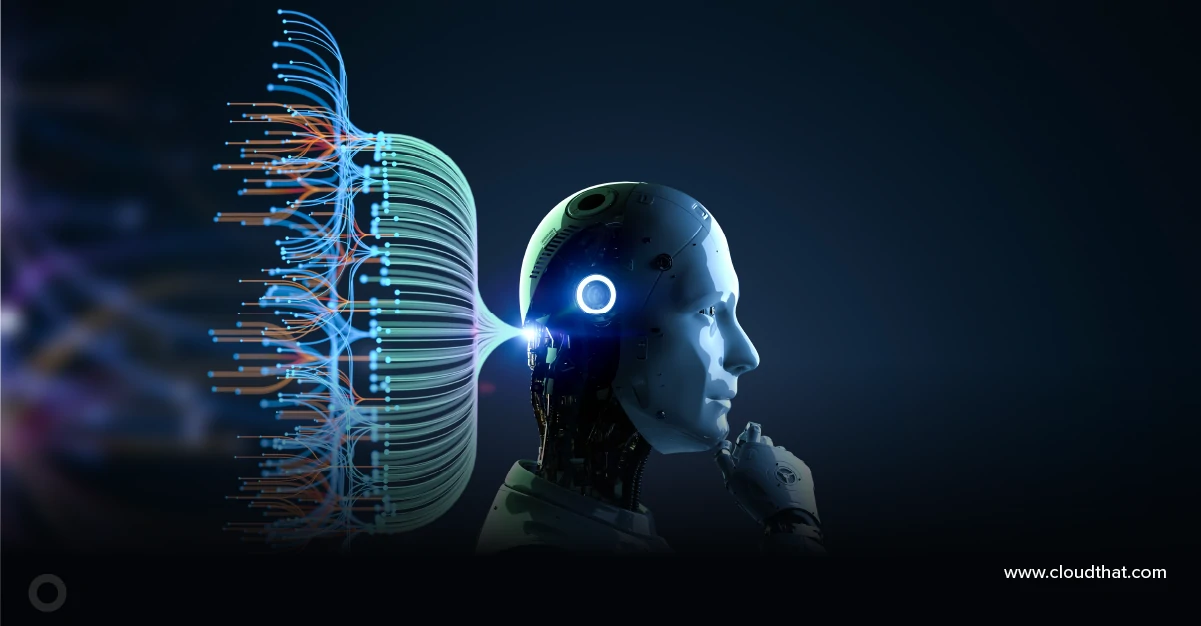

 October 22, 2025
October 22, 2025 PREV
PREV
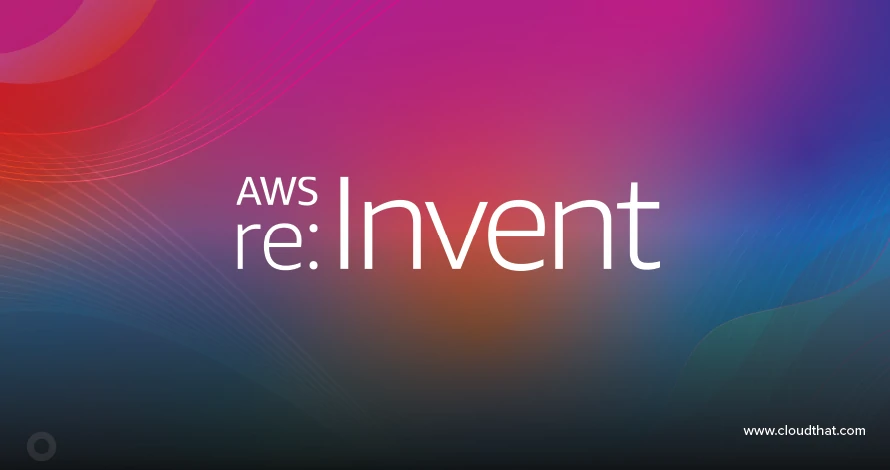


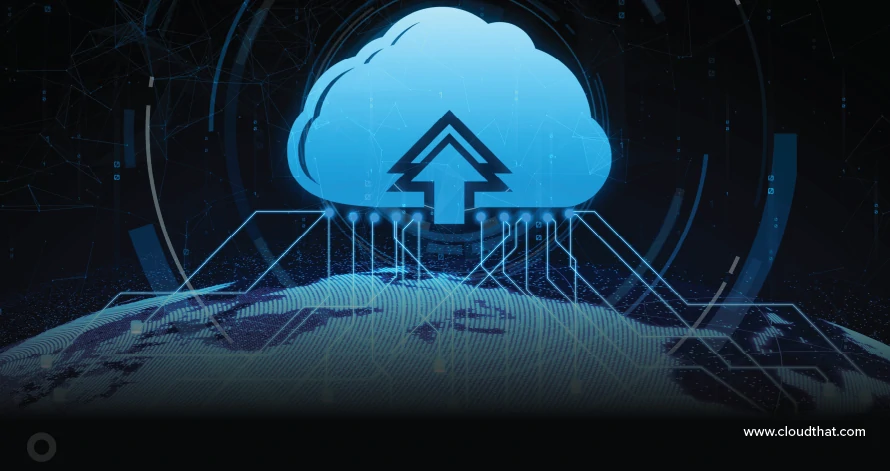

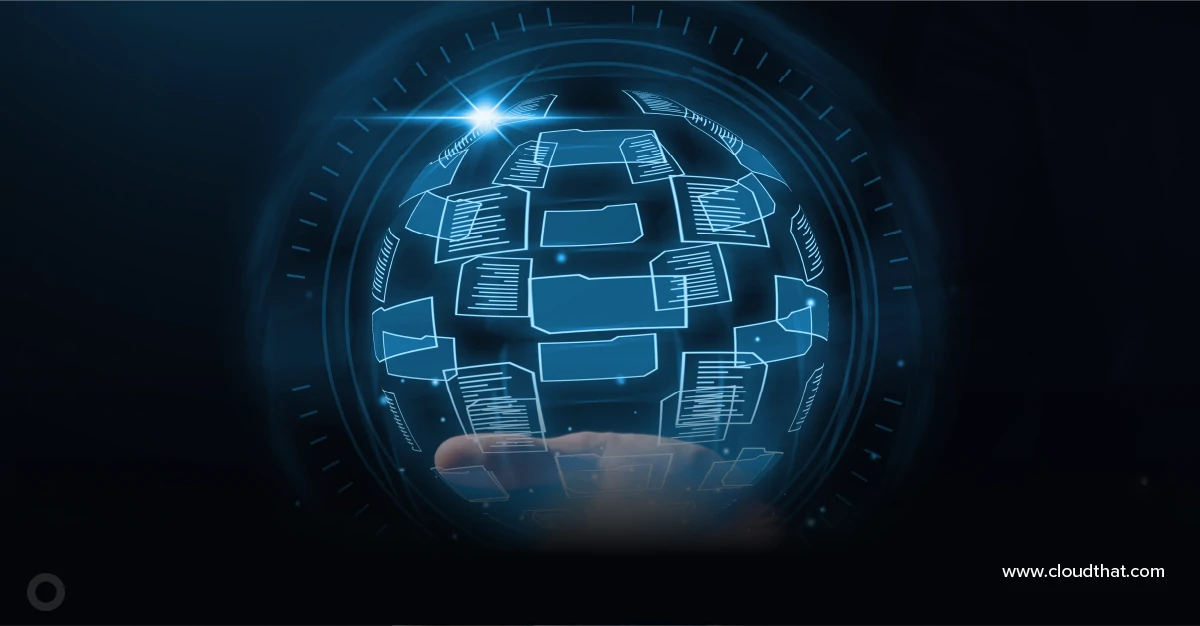


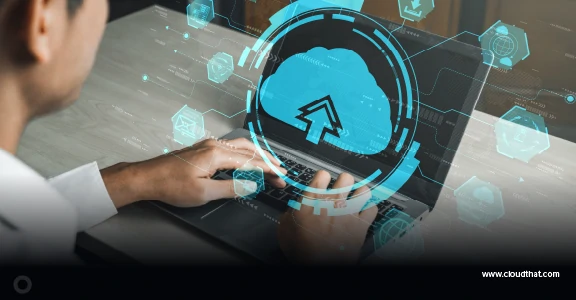

Comments